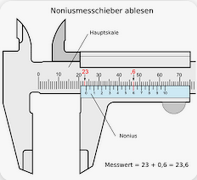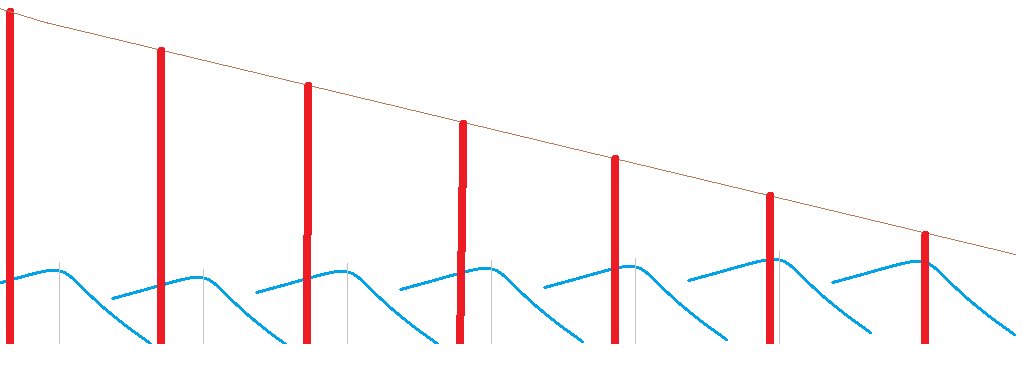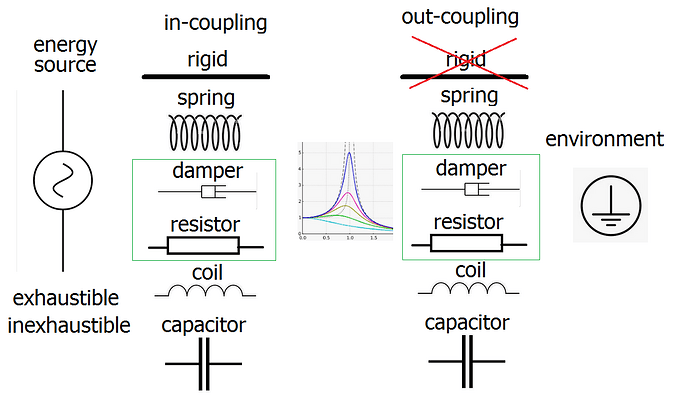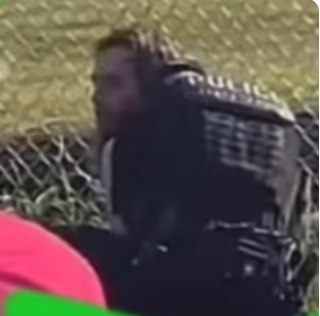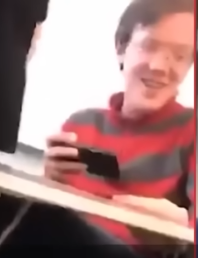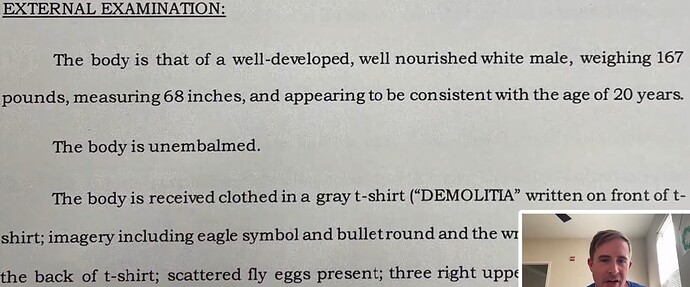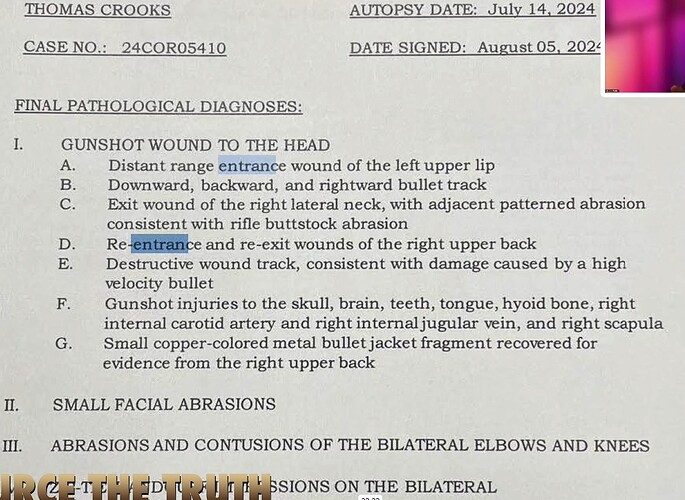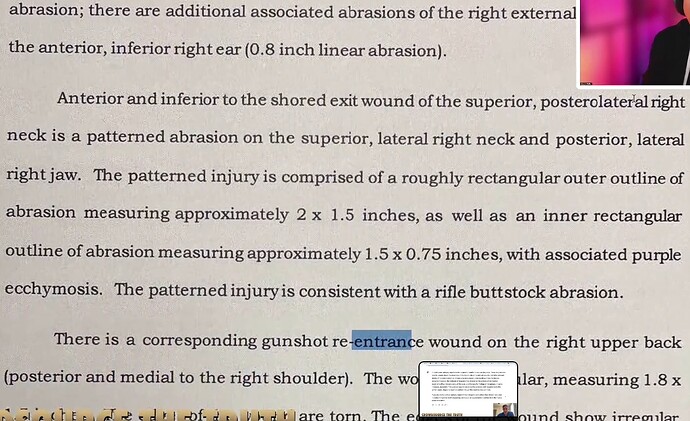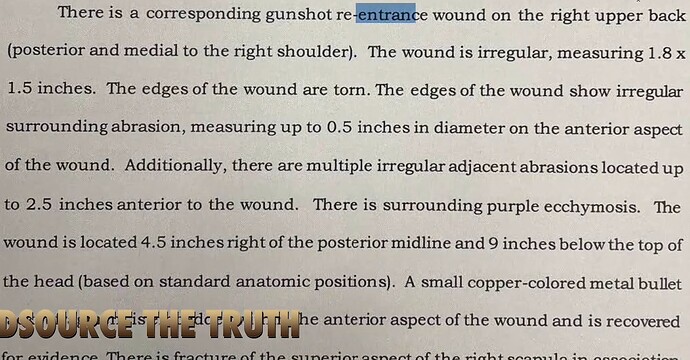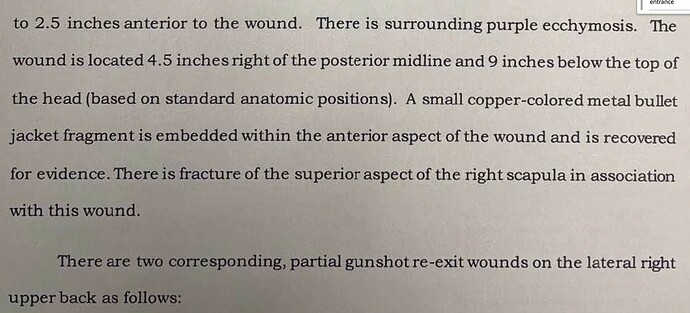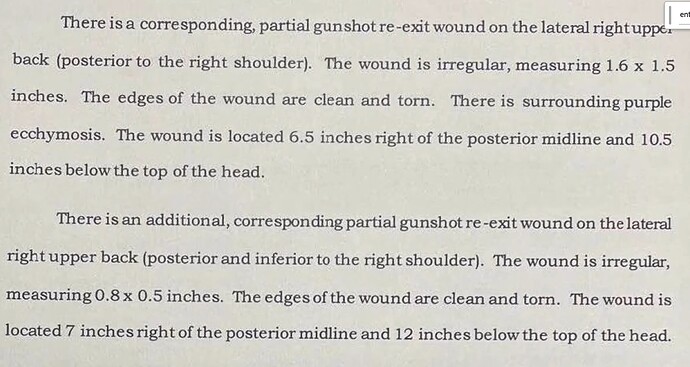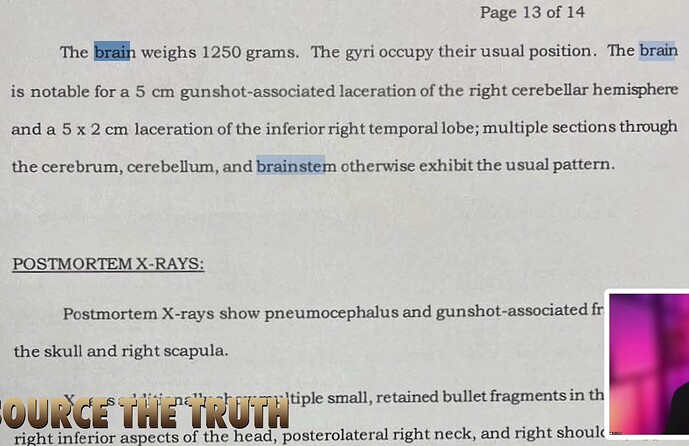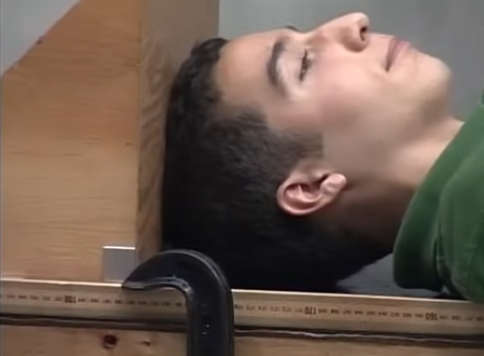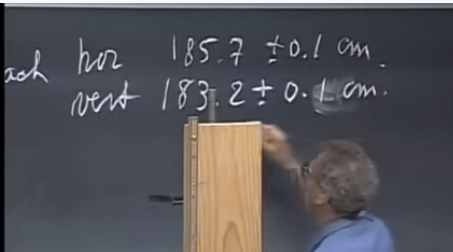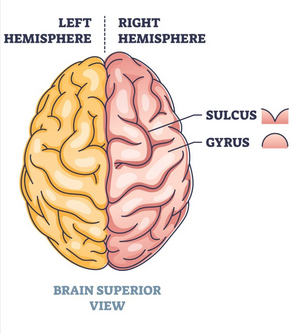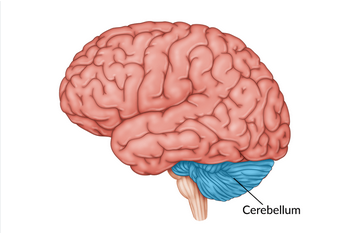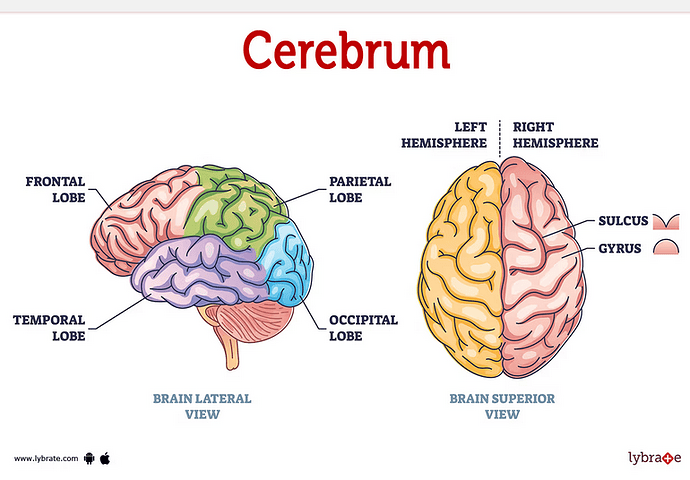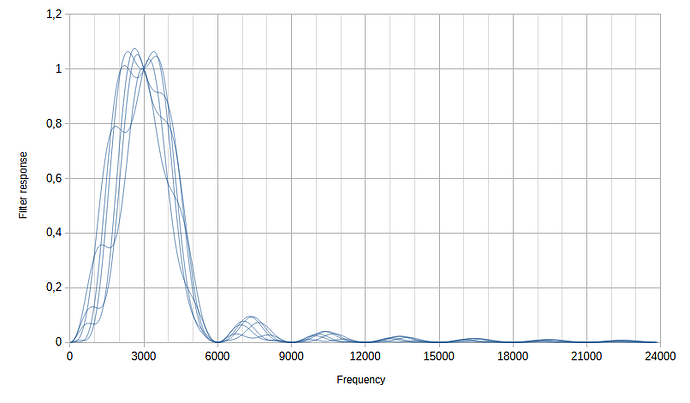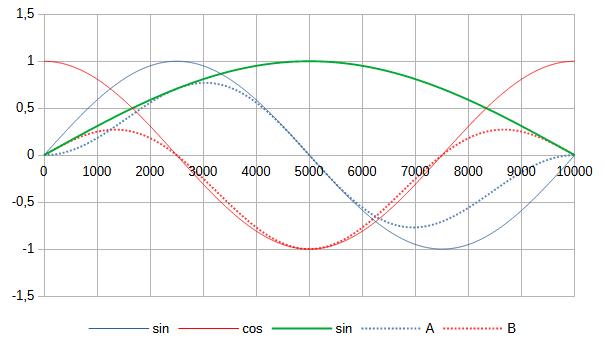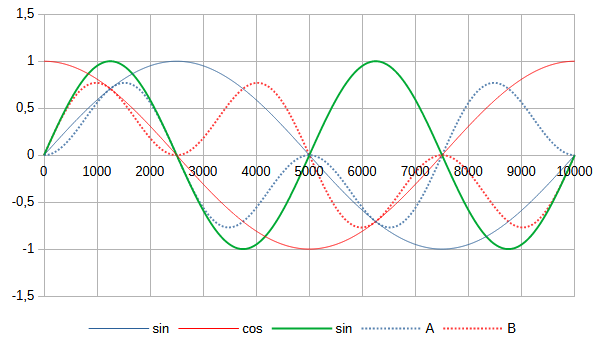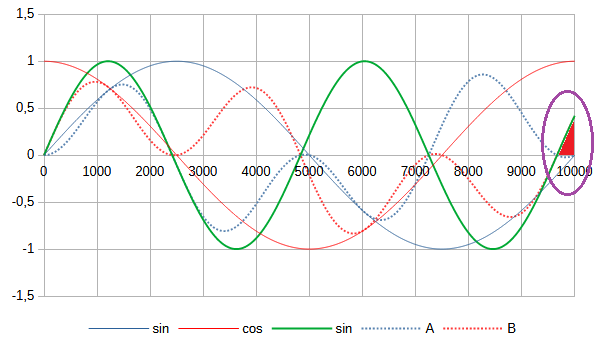Here is the message I just sent on Greg Nichols’ Youtube site, with whom I have been in a lot of dialogue over the last two months.
INCREDIBLE BUT TRUE, SHOT 10 WAS FIRED 16 M NORTH OF TRUMP!
I came to the conclusion that obtaining Boom times by calculating tdiff has two major drawbacks: you have to assume the location of the shot and guess the ammunition used.
So I tried to use only the raw data without doing any calculations. So I eliminated Ross, DJStew, Cruiser and, initially, Podium from the simulation. I removed the RAV recording because the time difference between shot 9 and shot 10 is different between the three broadcasts with cuts in the first (18 ms) and the third (7 ms) making it impossible to know the real time difference. I replaced Podium with a recording made nearby: source 1 in Googledrive by bruin_jim. I also used “don’t run”, NTD and “Audio source 4”.
I have the following Boom times:
Source 1: 16.000 s, TMX: 16.272 s, Dontrun: 16.182 s, Source 4: 16.373 s, NTD: 16.076 s.
The positions of these sources are as follows:
Source 1: (586734, 4523402.5)
TMX: (586730, 4523516)
Dontrun: (586654, 4523415)
Source 4: (586684, 4523545)
NTD: (586691, 4523403.5)
The podium is at: (586726.6, 4523394.3) and the shooter at: (586767.7, 4523529.1)
I get such a perfect convergence that I was surprised myself at (586728, 4523410) or 16 m north of Trump’s position. It seems incredible but the convergence is so good and independent of unknown data that I think it is the right solution. It is so close to the podium microphone that it explains the very loud sound that you took for a Crack when it is a Boom that saturates the recording.
Finally I reincorporated Podium in the simulation but it takes a time difference of 10.013 s between shots 9 and 10 to have the convergence at the same point, that is to say a Boom time of 16.016 s.
I used the same method for shot 9 and I have a very good convergence at (586754, 4523422)
I leave it to you to redo these simulations to confirm my result. And to find the author of the shot!
In my simulation, I therefore have 6 sources and 15 hyperbolas all converging at the same point: very impressive!

